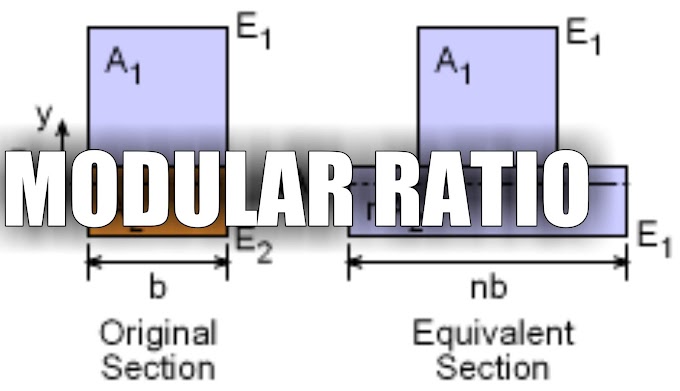STRUCTURE OF A TREE
A tree basically consists of three parts, namely trunk, crown and roots. The function of the trunk is to support the crown and to supply water and nutrients from the roots to the leaves through branches and from the leaves back to the roots. The roots are meant to implant the trees in the soil, to absorb moisture and the mineral substances it contains and to supply them to the trunk. From the visibility aspect, the structure of a tree can be divided into two categories:
- Macrostructure
- Microstructure
MACROSTRUCTURE
The structure of wood visible to the naked eye or at a small magnification is called the macrostructure. The following figure shows the transverse section of the trunk of an exogenous tree.
Following are its different components:
Pith
The innermost central portion or core of the tree is called the pith or medulla. It varies in size and shape for different types of trees. It consists entirely of cellular tissues and it nourishes the plant in its young age. When the plant becomes old, the pith dies up and decays and the sap is then transmitted by the woody fibres deposited round the pith. The pith of branches is nothing but merely a prolongation of the pith of stem.
Heart wood
The inner annual rings surrounding the pith constitute the heart wood. It is usually dark in colour. As a matter of fact, it indicates dead portion of tree and as such, it does not take active part in the growth of tree. But it imparts rigidity to the tree and hence it provides strong and durable timber for various engineering purposes.
Sap wood
The outer annual rings between heart wood and cambium layer is known as the sap wood. It is usually light in colour and weight. It indicates recent growth and it contains sap. The annual rings of sap wood are less sharply defined than those of heart wood. It takes active part in the growth of tree and the sap moves in an upward direction through it. The sap wood is also known as the alburnum.
Cambium layer
Thethin layer of sap between sap wood and inner bark is known as the cambium layer. It indicates sap which has yet not been converted into sap wood. If the bark is removed for any reason, the cambium layer gets exposed and the cells cease to be active resulting in the death of tree.
Inner bark
The inner skin or layer covering the cambium layer is known as the inner bark. It gives protection to the cambium layer from any injury.
Outer bark
The outer skin or cover of the tree is known as the outer bark. It is the outermost protective layer and it sometimes contains cracks and fissures. It consists of cells of wood fibre and is also known as the cortex.
Medullary rays
The thin radial fibres extending from pith to cambium layer are known as the medullary rays. The function of these rays is to hold together the annual rings of heart wood and sap wood. These rays are sometimes broken and in some varieties of trees, they are not very prominent.
MICROSTRUCTURE
The structure of wood apparent only at great magnifications is called the macrostructure. When studied under a microscope, it becomes evident that wood consists of living and dead cells of various sizes and shapes. A living cell consists of four parts, namely, membrane, protoplasm, sap and core. The cell membrane consists mainly of cellular tissue and cellulose. The protoplasm is a granular, transparent, viscous vegetable protein composed of carbon, hydrogen, oxygen, nitrogen and sulphur. The core of cell differs from protoplasm merely by the presence of phosphorus and it is generally oval.
The cells, according to the functions they perform, are classified into the following three categories:
- Conductive cells
- Mechanical cells
- Storage cells.
Conductive cells
These cells serve mainly to transmit nutrients from roots to the branches and leaves.
Mechanical cells
These cells are elongated, thick-walled and have tightly interconnected narrow interior cavities. These cells impart strength to the wood.
Storage cells
These cells serve to store and transmit nutrients to the living cells in the horizontal direction and they are usually located in the medullary rays.






0 Comments